In the construction and manufacturing industry, brick machines play a crucial role in producing high-quality bricks used in various building projects. As these machines are essential for modern construction, understanding their electricity consumption is vital for cost management and environmental considerations. This article explores the electricity consumption of a brick machine production line, detailing the factors that influence power usage, the different types of brick machines, and strategies for optimizing energy efficiency.
Understanding Brick Machine Production Lines
Brick machine production lines are designed to automate the process of making bricks, which involves mixing raw materials, shaping them, and curing them. These production lines can vary significantly in size and complexity, from small, manual setups to large, fully automated systems. The electricity consumption of these lines is influenced by several factors, including the type of machine, its production capacity, and the energy efficiency of the equipment used.
Types of Brick Machines and Their Electricity Consumption
There are several types of brick machines, each with different electricity consumption profiles. The most common types include:
-
Manual Brick Machines: These machines require minimal electricity, as they rely primarily on manual labor for operations. Electricity is used mainly for mixing and minor processing.
-
Semi-Automatic Brick Machines: These machines use electricity for operations such as mixing, molding, and curing, but still require some manual intervention. Their energy consumption is higher than manual machines but lower than fully automatic systems.
-
Fully Automatic Brick Machines: These systems are designed for high efficiency and require significant amounts of electricity. They include automated mixing, molding, and curing processes, with energy-intensive components such as hydraulic presses and high-capacity mixers.
Factors Influencing Electricity Consumption
Several factors affect the electricity consumption of a brick machine production line:
-
Machine Type and Size: Larger and more advanced machines generally consume more electricity due to their higher production capacities and more complex operations.
-
Production Volume: Higher production volumes require more energy for operations such as mixing, molding, and curing. Continuous production lines with high output capacities tend to have higher electricity consumption.
-
Energy Efficiency: Modern brick machines often come with energy-efficient technologies and features that reduce electricity consumption. Investing in energy-efficient equipment can lead to significant savings in the long run.
-
Operational Practices: The way a production line is managed and operated can also impact electricity usage. Regular maintenance, optimal machine settings, and proper training for operators can help minimize energy wastage.
Calculating Electricity Consumption
To estimate the electricity consumption of a brick machine production line, it's essential to consider the power rating of each component and the overall production hours. The basic formula for calculating electricity consumption is:
Electricity Consumption (kWh) = Power Rating (kW) x Operating Hours
For a more accurate estimate, detailed data on the power consumption of each machine and component within the production line should be gathered. This includes mixers, presses, conveyors, and curing chambers.
Strategies for Reducing Electricity Consumption
Reducing electricity consumption in a brick machine production line can lead to significant cost savings and environmental benefits. Here are some strategies to consider:
-
Invest in Energy-Efficient Equipment: Upgrading to energy-efficient brick machines and components can reduce electricity consumption without sacrificing performance.
-
Implement Energy Management Practices: Monitor energy usage regularly and identify areas where improvements can be made. Use energy management systems to optimize power usage.
-
Perform Regular Maintenance: Keep machines well-maintained to ensure they operate efficiently. Regular maintenance helps prevent energy wastage due to mechanical issues or inefficiencies.
-
Optimize Production Schedules: Plan production schedules to maximize efficiency and reduce downtime. Efficient scheduling can help lower overall energy consumption.
Conclusion
Understanding and managing the electricity consumption of a brick machine production line is essential for both economic and environmental reasons. By considering factors such as machine type, production volume, and energy efficiency, manufacturers can make informed decisions to optimize their energy usage. Implementing strategies such as investing in energy-efficient equipment and performing regular maintenance can lead to substantial cost savings and a reduced environmental footprint. As the industry continues to evolve, staying informed about advancements in energy-efficient technologies will be key to maintaining a sustainable and cost-effective brick production operation.




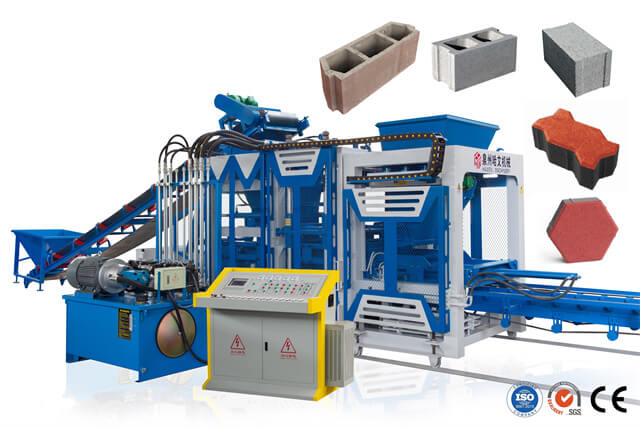
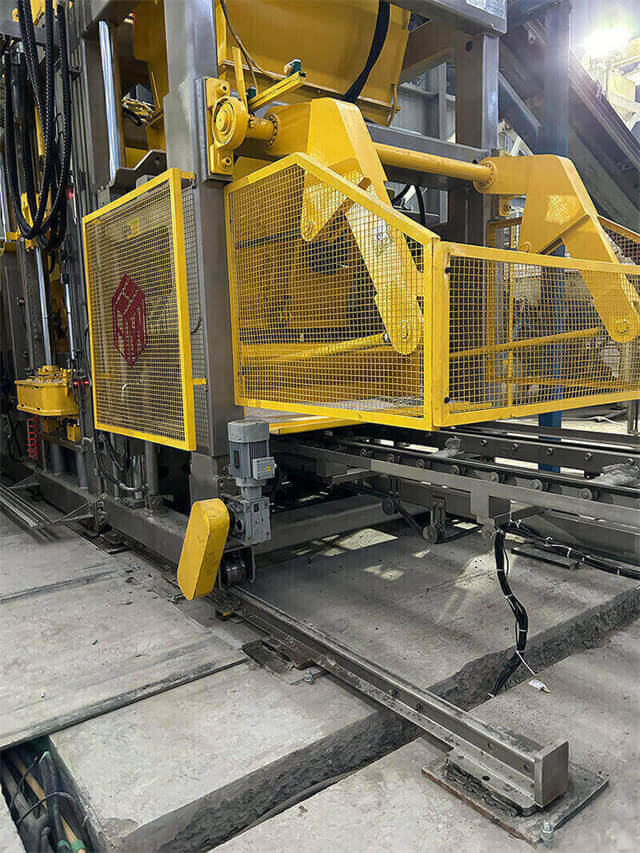

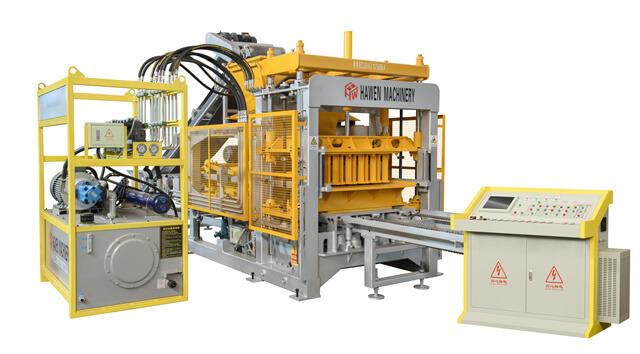
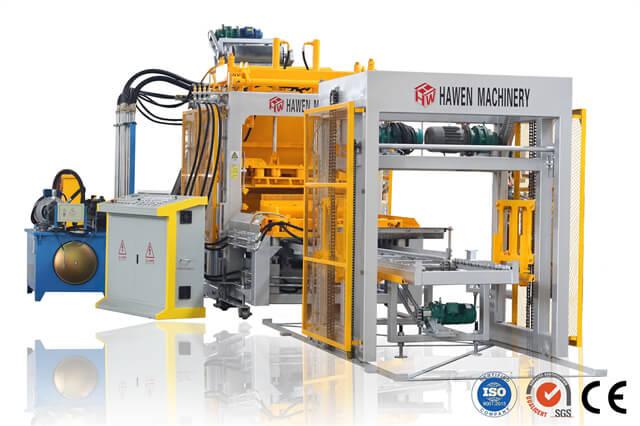
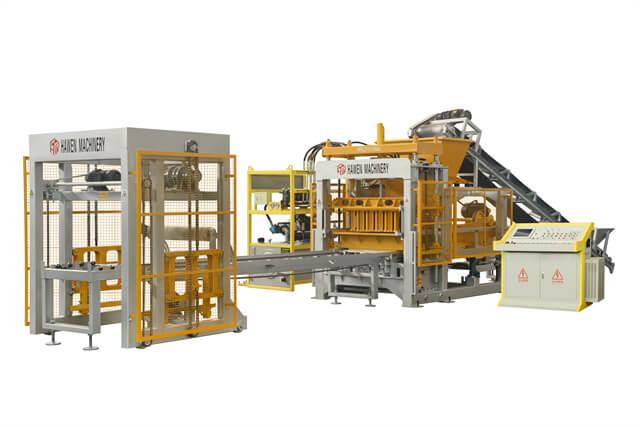
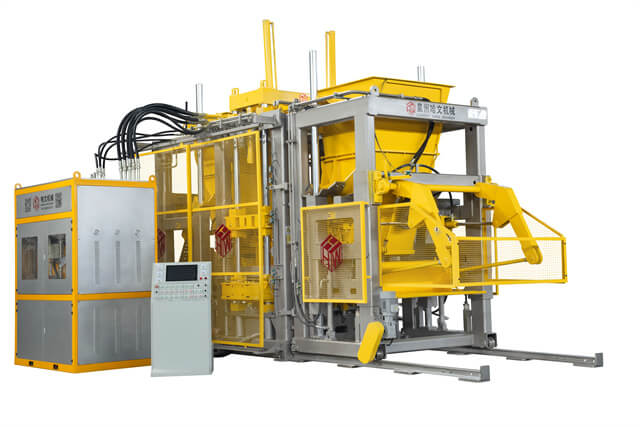
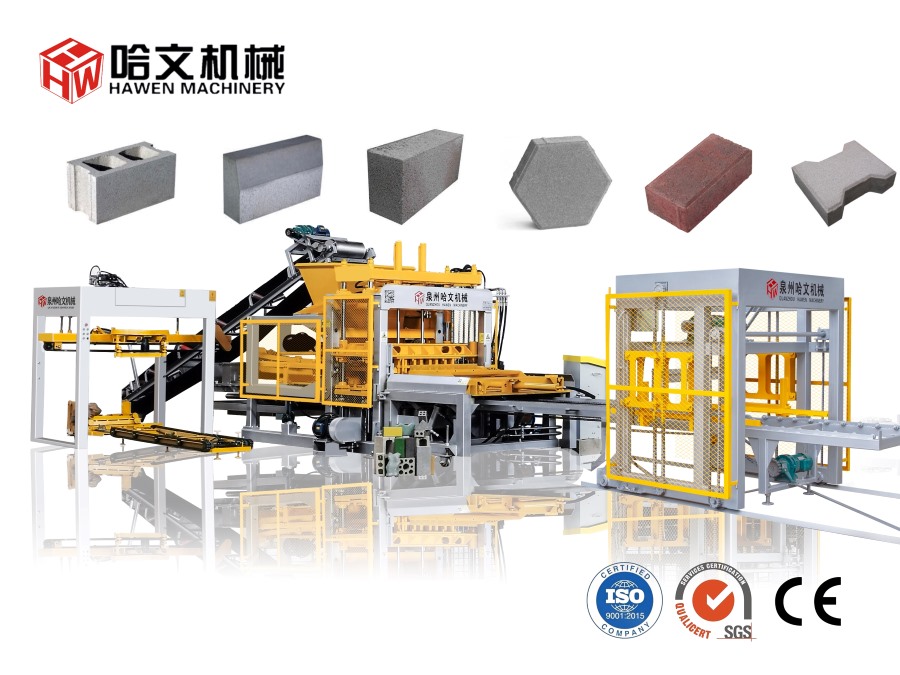
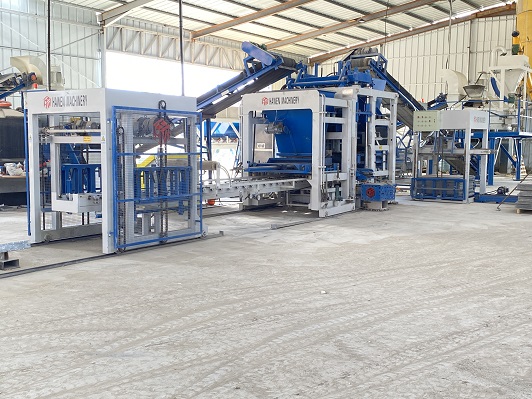
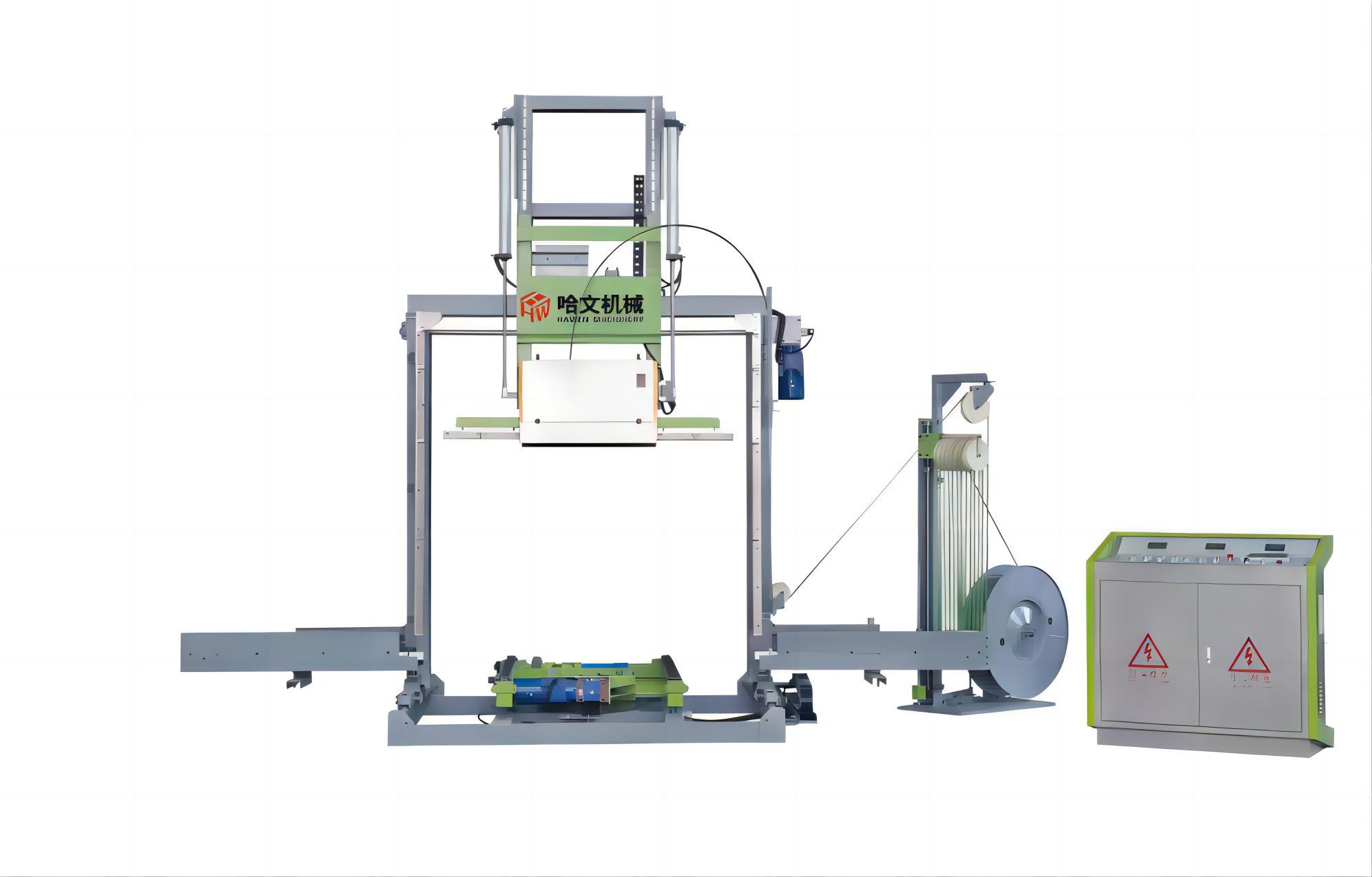
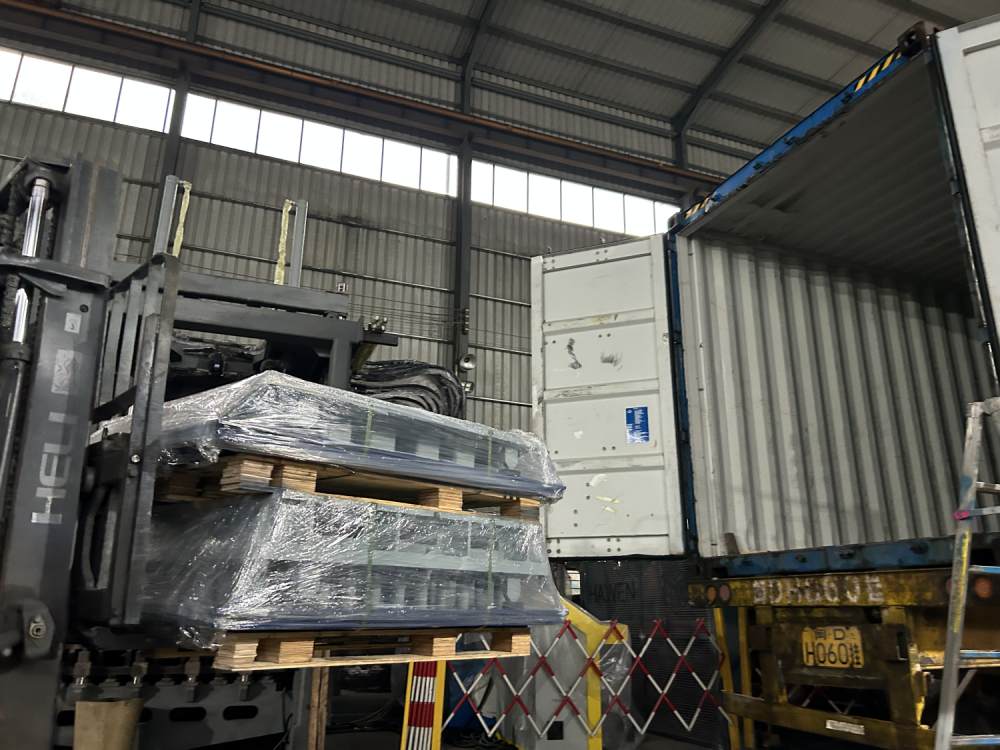


 Tel: +86-13905968794
Tel: +86-13905968794 Email: export@hwmachines.com
Email: export@hwmachines.com MP/WhatsApp: +86-13905968794
MP/WhatsApp: +86-13905968794 Manufacturer Address:Nanan,Quanzhou City,Fujian Province,China
Manufacturer Address:Nanan,Quanzhou City,Fujian Province,China




